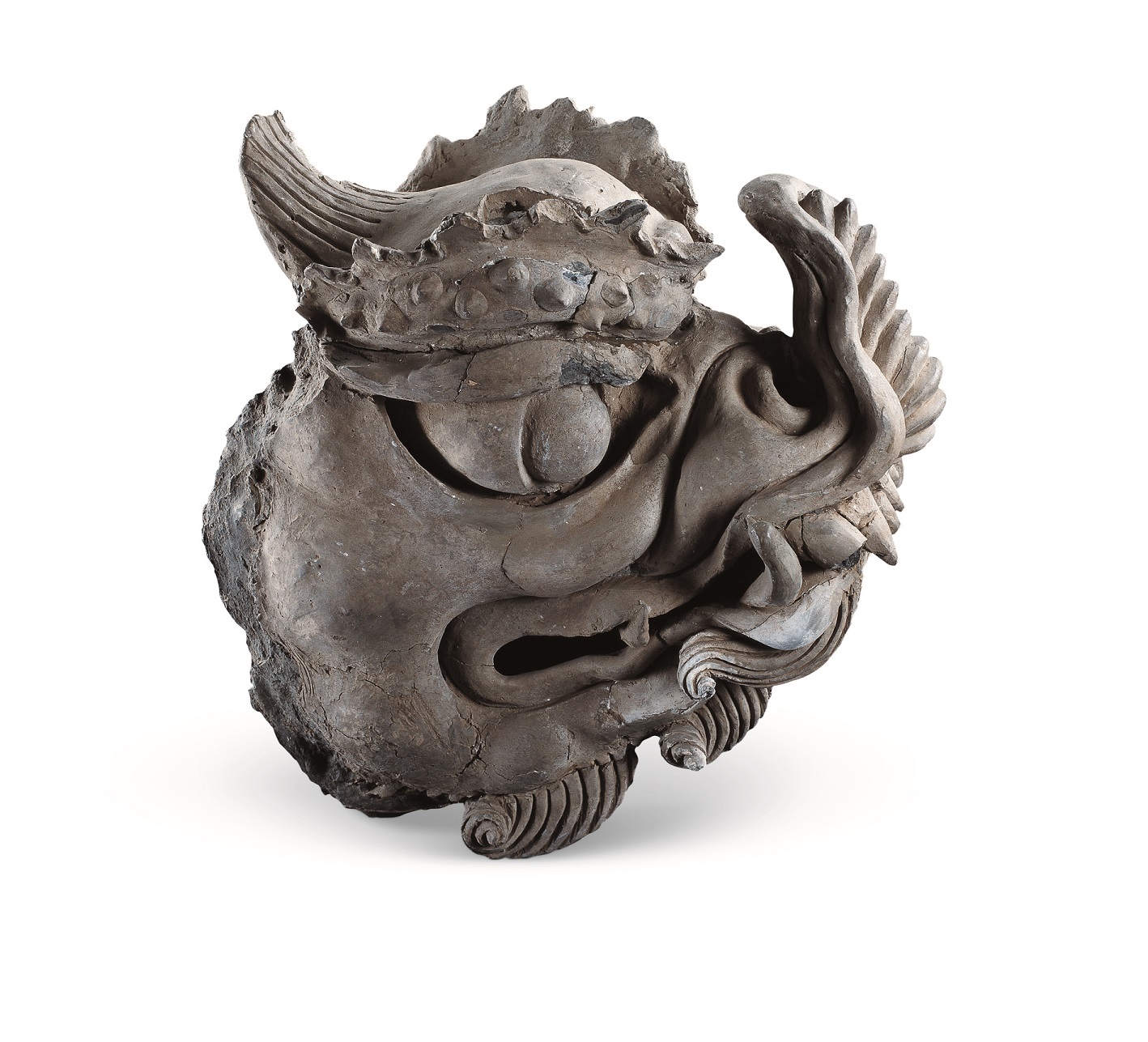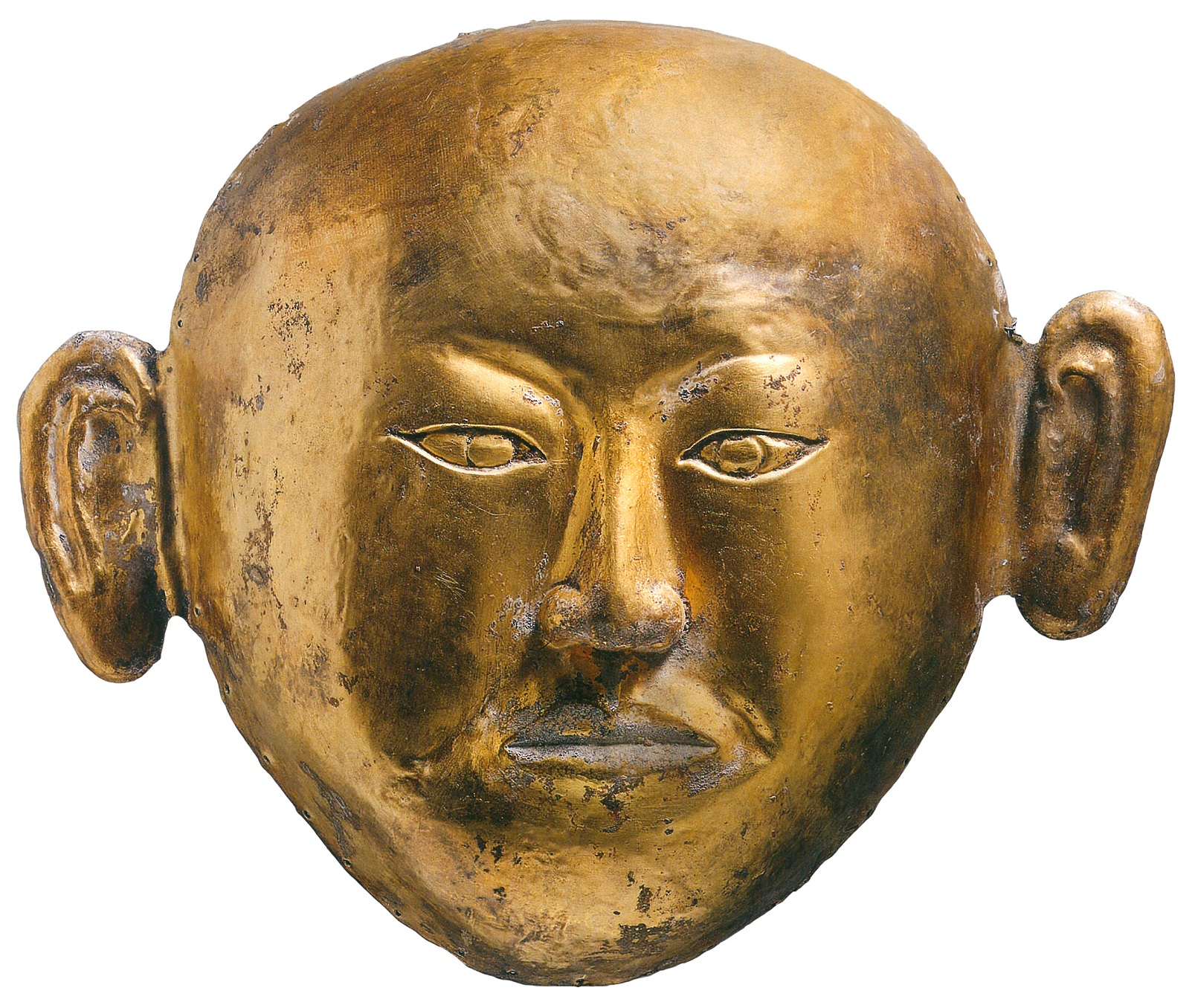In 2017-2018 the exhibition The Great Liao highlights the splendour of an Inner Mongolian nomad dynasty.
Khitan relics from Inner Mongolia (907-1125)
How a small nomadic tribe evolved into a superpower in Asia. The major archaeological exhibition The Great Liao tells the remarkable story of the mighty Liao dynasty in the 10th and 11th centuries. An empire with an area of more than 4,000 km, extending from the Sea of Japan in the east to the Altai mountains in the west. Spectacular archaeological finds that have come to light in the past thirty years give visitors a unique impression of the Liao culture. Wandering round the exhibition you will imagine yourself in the vast steppes of Central Asia. The Liao treasures have never before been on view in the Netherlands.
From a nomadic tribe to a powerful empire
The exhibition’s title ‘The Great Liao’ refers to the Liao river in Inner Mongolia. Around AD 900 the land on either side of the river was home to the Khitan, a nomadic tribe of hunters and livestock farmers who roamed the Mongolian steppes. Through military conquests, trade in luxury goods and treaties with nearby peoples these nomads gradually created a mighty empire which, at the height of its power, comprised what is now Mongolia plus parts of North China, Russia and North Korea. To ensure efficient control of that vast area, the Liao built five large capitals, one of which later evolved into what is now Beijing. Majestic palaces symbolised their imperial power, but they did not spurn their nomadic roots: within the walls of their cities there was always room for yurts, the nomads’ traditional tents.
Unique Liao culture
The Liao were long believed to have been a barbaric steppe tribe. Forgotten and reviled. But the spectacular objects that have come to light in excavations of tombs have completely reversed that view. The approximately 145 costly artefacts on display in the exhibition – mostly from the Inner Mongolia Museum in Hohhot (China) – demonstrate the Liao’s unique, outstanding culture. They give us an impression of the pomp and circumstance of the elite, the people’s daily life, their burial practices and their exceptional craftsmanship. Impressive ceramics, gold ornaments, gilded horse harnesses and silver dining utensils are on view in Assen.
Gold death mask of the princes of Chen
The absolute highlight of the exhibition is the tomb of the Princess of Chen, which was discovered by archaeologists in 1986. Its discovery was nothing less than sensational as the tomb was found to be completely intact and stacked full of luxury grave goods. The Princess of Chen, a granddaughter of the Liao emperor Jingzong (who ruled from 969 until 982), died at the tender age of 17 in 1018. Her face was covered with a death mask of pure gold to express her imperial dignity and her status within the dynasty, and on her feet she wore gilded silver boots.
Tours of the exhibition The Great Liao
We offer multiple guided tours in different languages, among which are Dutch, English and German. In cooperation with the Confucius Institute in Groningen an extra Chinese tour of The Great Liao has been specially organised. Click here for more information.









